Italian writer Italo Calvino (1972) describes 55 cities in his book Invisible Cities (Le Città Invisibili). Karina Puente has been physically recreating the magic of these unreal metropolises for four years now.
Six years ago, Karina quit her job in the private sector as an architect and migrated to the public sector. There, she faced the design of a city as complex as Lima. On the other hand, she had always felt an attraction for art. She had been practicing her traces for 10 years. Two years later, any given day, she sat at the table and spontaneously draw a very small city she called “the city underneath the city”. It showed a hilltop neighborhood (with all the problems emerging settlements face) and an imaginary city underneath public spaces, vegetation, water, cultural activities, art, and color. “A clear contrast when it comes to lifestyle”, Karina answers. “I had seen so many things when we analyzed the problems in our city, it was overwhelming. I just felt the need to draw something. Luckily, I really liked the drawing, showed it to a friend of mine who’s an architect and it was then that we remembered Calvino’s book. That is what boosted the project. I decided to illustrate the book so my son would understand it, also for fun because I enjoyed it”.
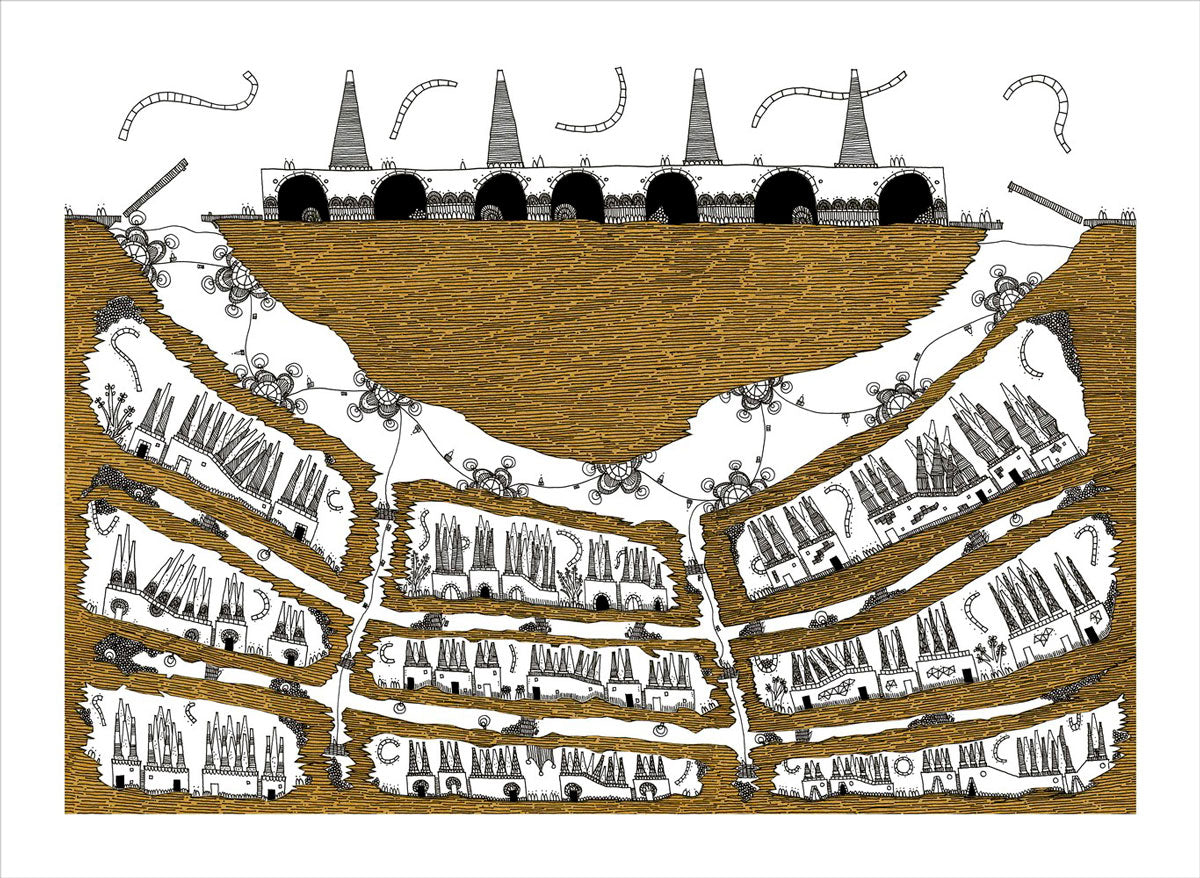
She defines herself as “an architect who draws”. She used to work as an urban planner/architect by day and as an artist by night. Sometimes she illustrates all night and into the next day. “Even so, I would not change my career choice now. Recreating Calvino’s impossible architecture is increasingly taking up more time and attention. She has illustrated 23 cities in four years. She has 32 more to go. Not even the author herself knows where this project will lead.
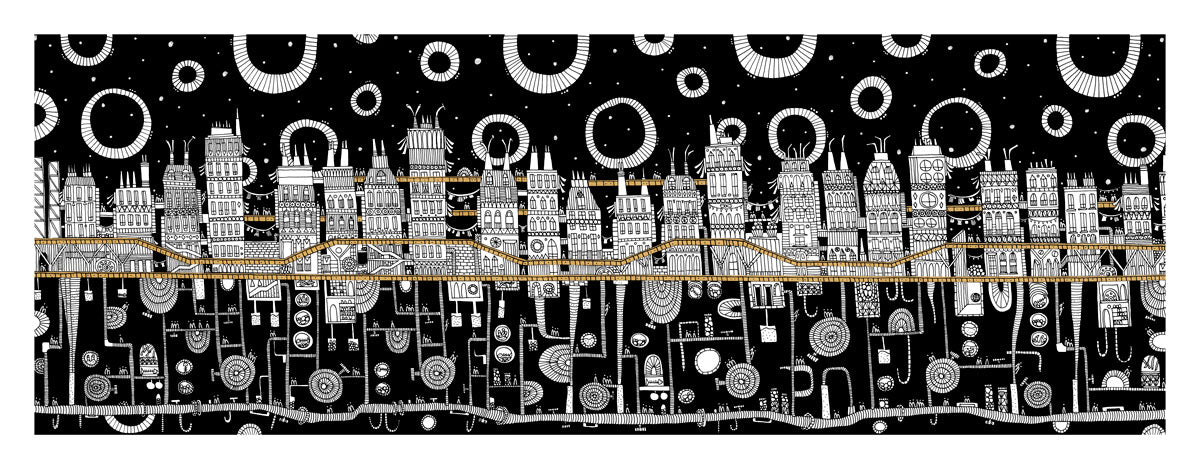
“It’s a treasure, a book told from literature and not from technique. It is a look of the city from a human being’s heart, a citizen, not an urban planner or architect. I read Calvino’s cities and visualize them immediately. I have the urge to illustrate his tales, every single one of them. And it gives me such great pleasure to do it. This is why it is a personal project, because it’s mine, it moves at my pace, at my time and in the way Calvino and I want to imagine it”. –Karina Puente
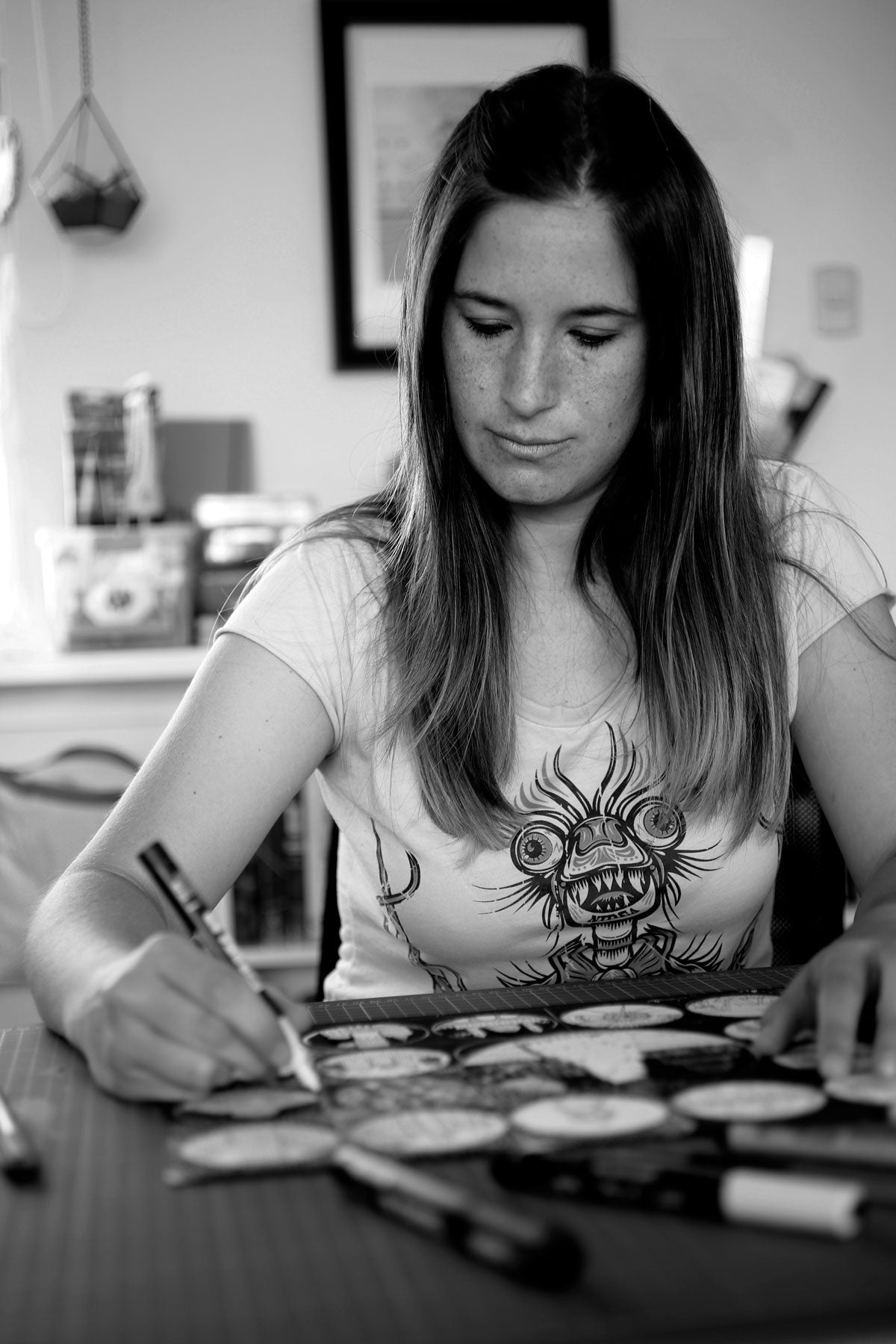

Some cities are closer to becoming a reality. Any person who has read the texts by the Italian writer has related an imaginary city with an authentic one. Karina points out the following ones, specially: Maurilia, a city that reflects what happens today in old cities when a contemporary one grows at their side and they don’t talk to each other; Olivia, a place where the rich city exists thanks to the productivity of the working city; Eufemia, a trade city, as many port cities are.
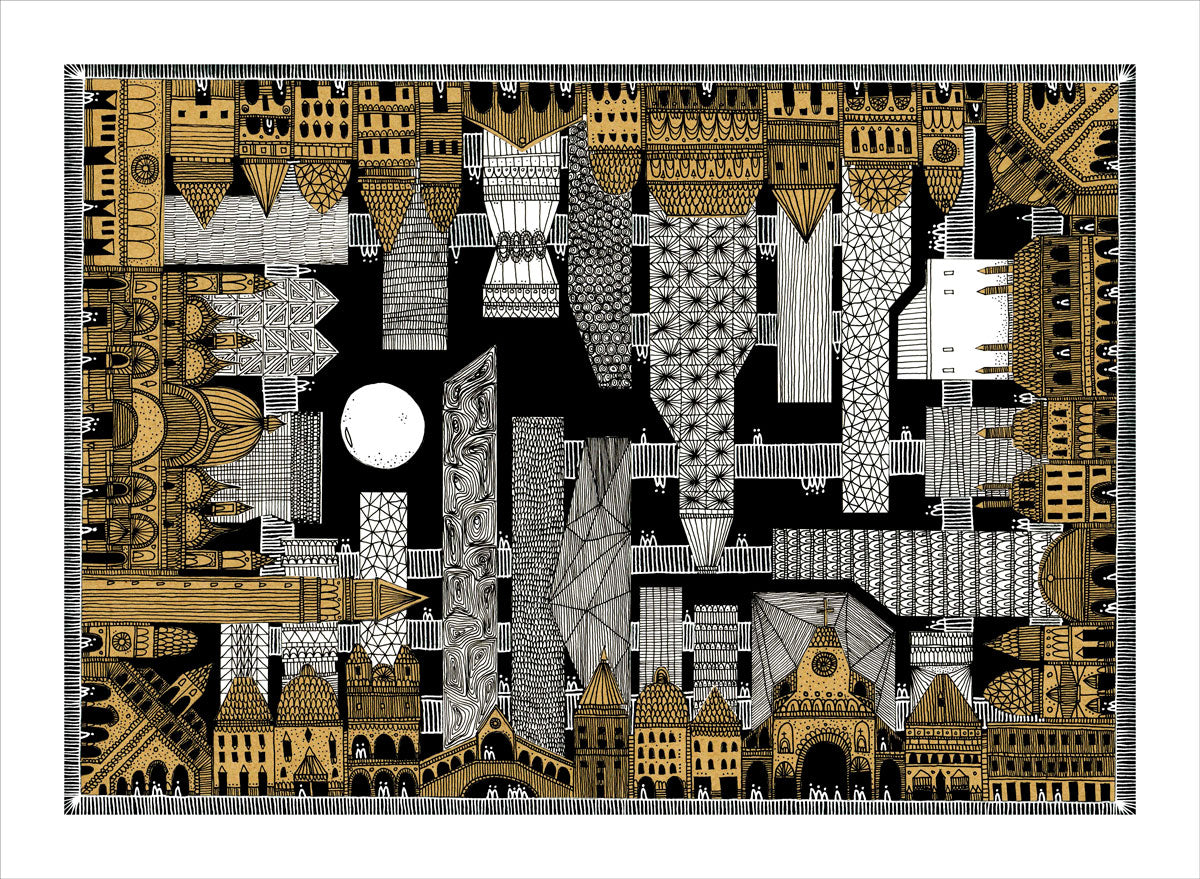
To put them pictorially is no easy task. They all have some difficulty level. “I don’t literally illustrate what I read. I tear the tale apart, I understand it, conceptualize it, and imagine it. That process can last from one week to three months. When I finally understand what is that I need to draw, I draft until I define the piece. Then, I let the process take me. The production of each one physically can also last from one week to four months. Sofronia, which is a city from the project, is a diptych. It took me nearly six months because it wouldn’t end up as I had imagined. Ipazia, which is a triptych, also lasted close to six months. Others I have thought about and drawn in a couple of weeks, but they are few. I work on them slowly, with no rush. If I don’t feel ready to illustrate them, I wait. Time is an important matter for my process. I do five cities on average, per year. This is the reason why, when an editorial company made me an offer to publish the illustrated book and gave me nine months to finish it, I refused. There’s no project without time”.
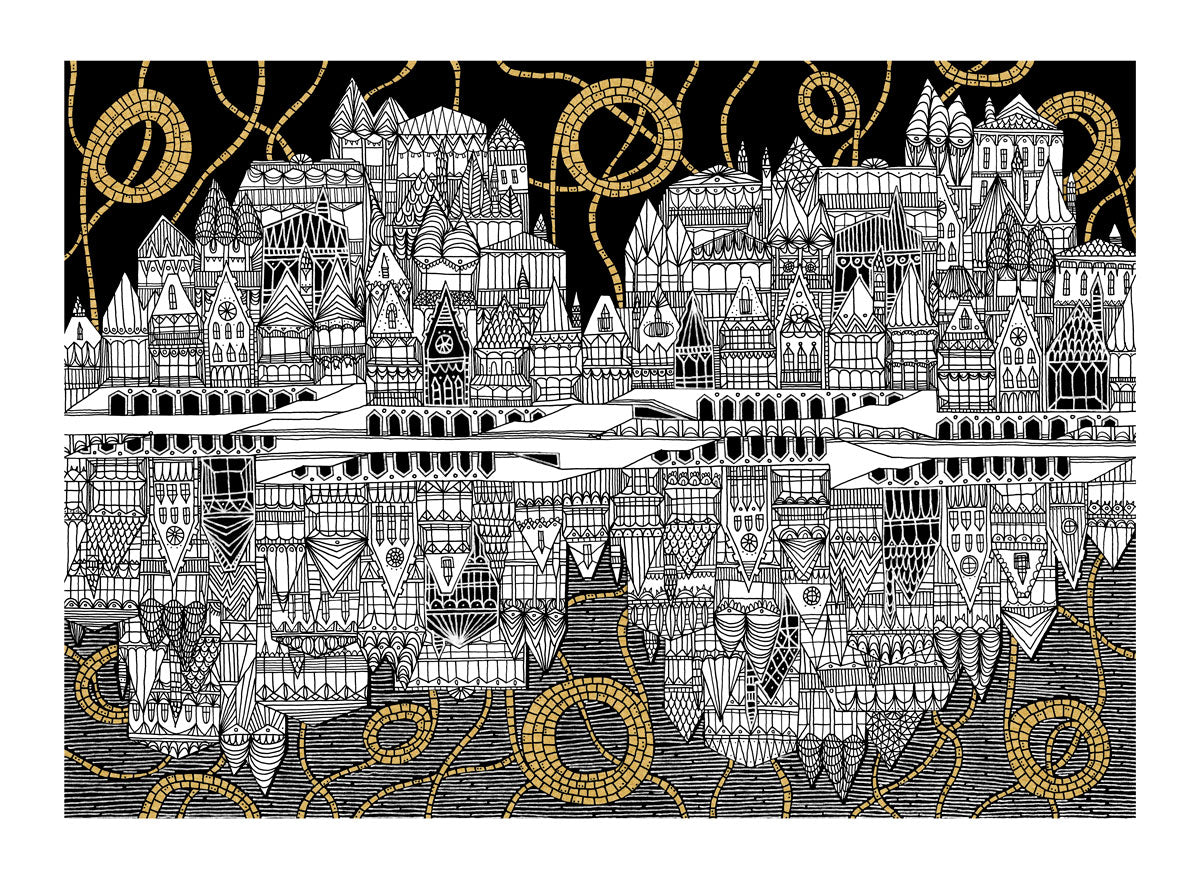
All illustrations by Karina Puente



